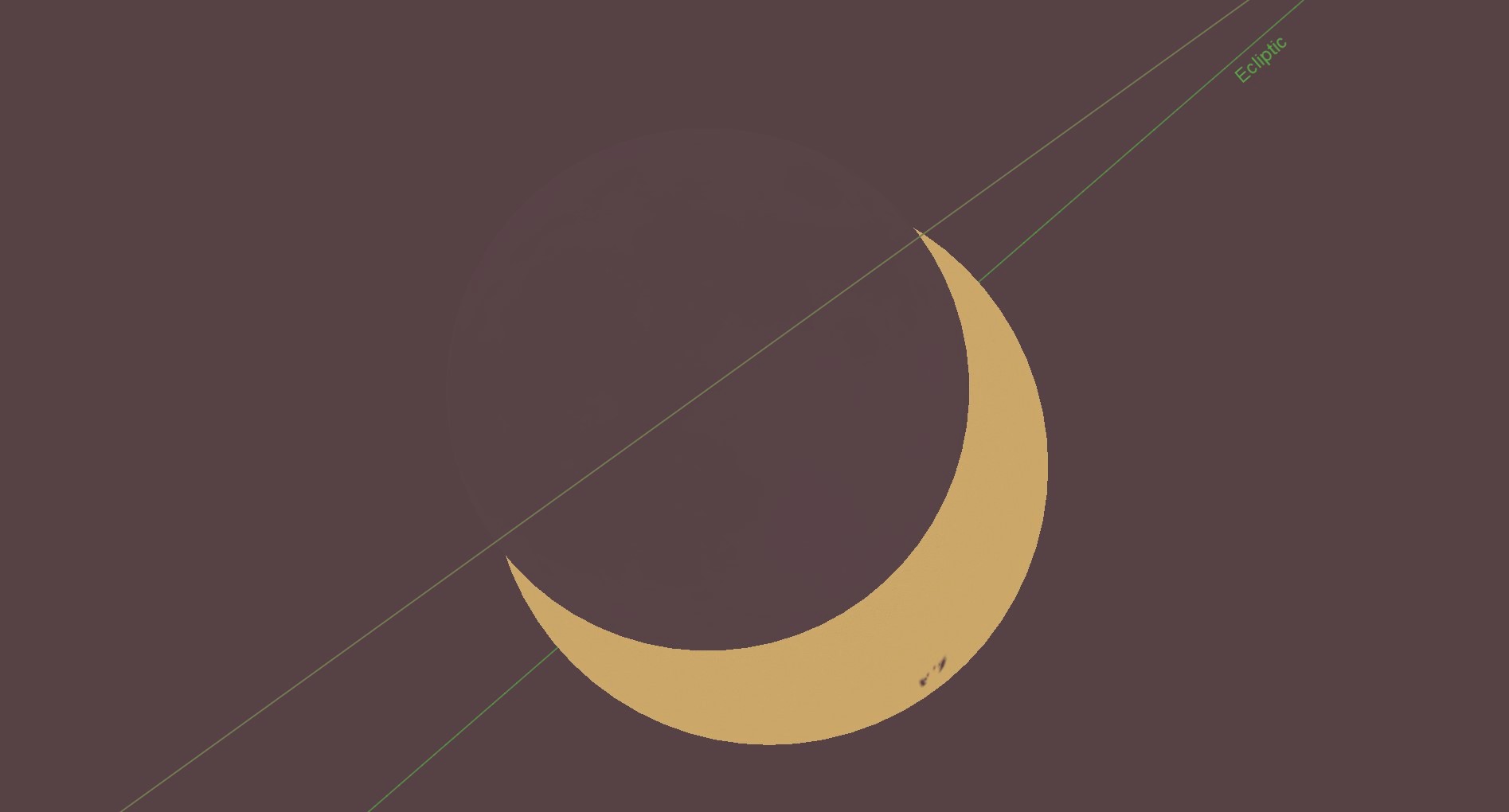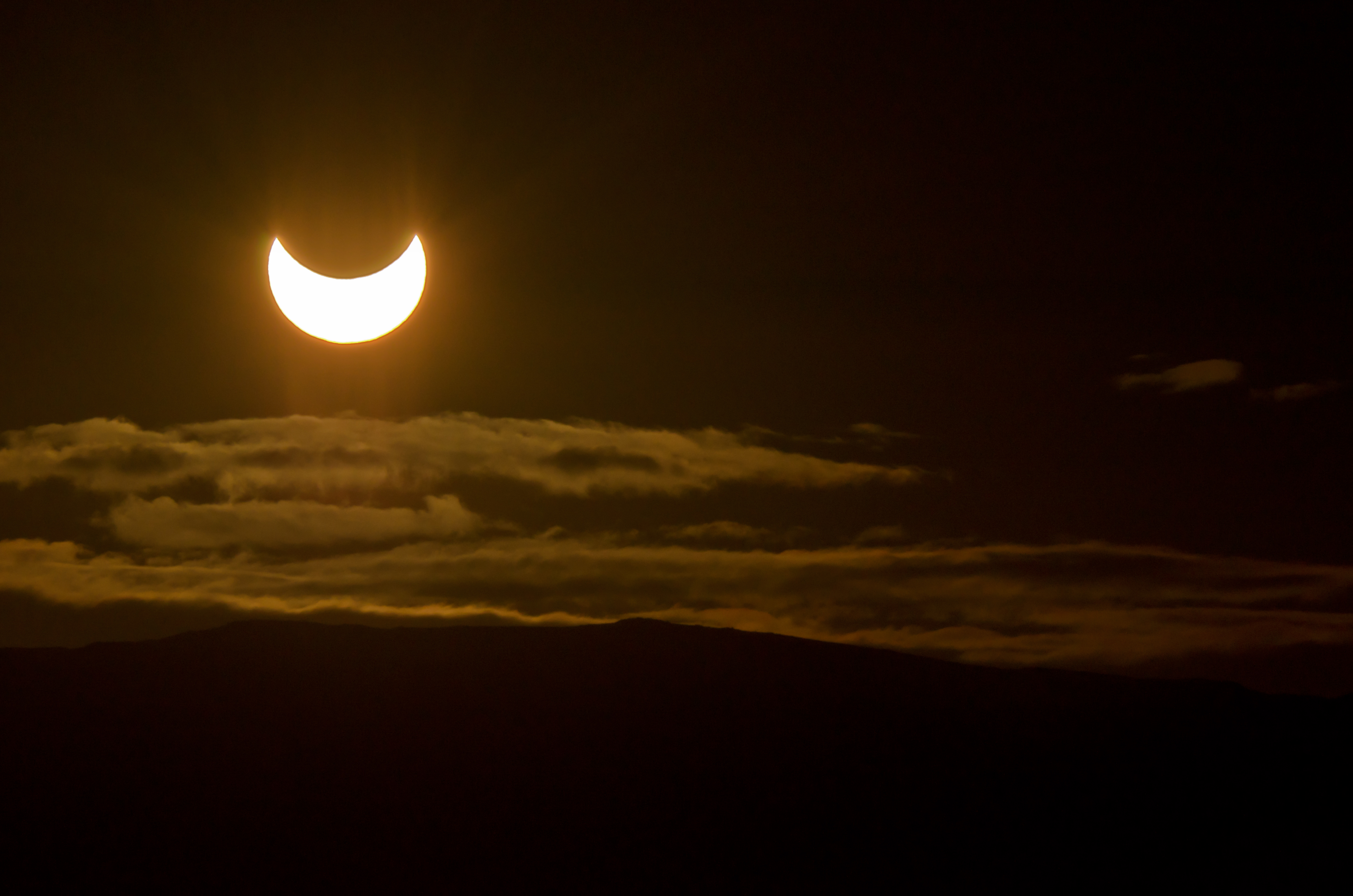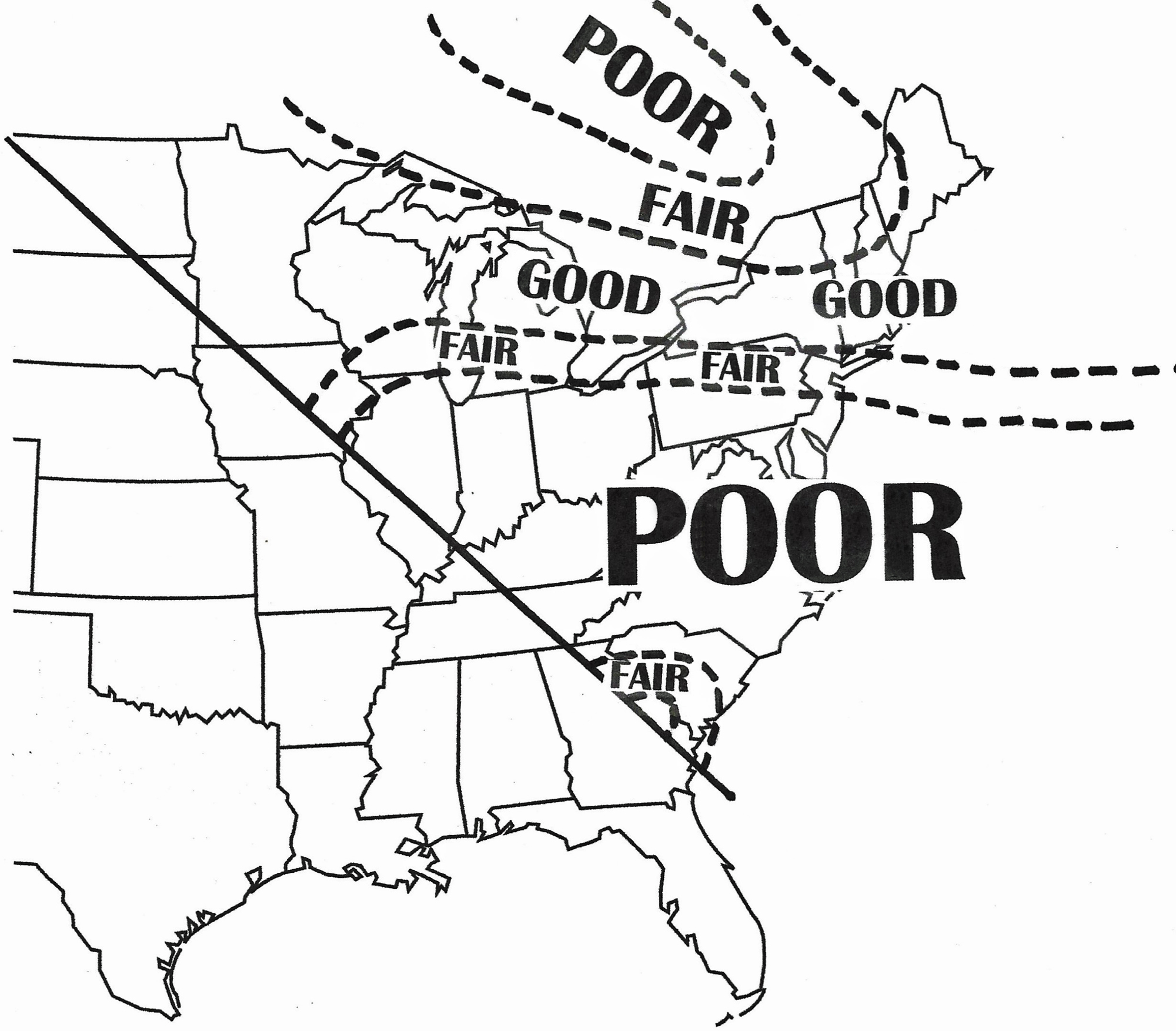Here's the US weather forecast for the 'ring of fire' solar eclipse of 2021
On Thursday morning (June 10) much of North America will see the moon block some portion of the sun during the first solar eclipse of the year — weather permitting, of course.
While parts of northern Canada, Greenland and Russia will witness a "ring of fire" as the moon passes directly in front of the sun, observers in parts of the U.S. will see only a partial eclipse, with the moon appearing to take a "bite" out of the sun.
Here is Space.com's assessment of the chances of getting a view of Thursday morning's sunrise solar eclipse based on the weather forecast.
Webcasts: How to watch the 'ring of fire' solar eclipse online on June 10
Related: When, where and how to see the 'ring of fire' solar eclipse of 2021

If you snap a photo of the 2021 annular solar eclipse let us know! You can send images and comments to spacephotos@space.com.
For those who live in the zone of where the eclipse will be visible, much will depend on the position of a cold front that will be dropping south through the Lower Peninsula of Michigan, upstate New York and New England, ultimately by eclipse time stretching west to east from northern Ohio to central New Jersey.
To the south of this frontal line, odds of seeing the eclipse unfortunately are going to be poor. Unfortunately, a warm and humid air mass will cover much of the Ohio Valley, the Middle Atlantic and Southeast U.S., accompanied by considerable cloud cover and areas of scattered showers and thunderstorms.
Just to the north of this frontal line, in a stripe that includes southern Michigan, northern Pennsylvania, northern New Jersey and the New York City area (including Long Island), drier and less humid air will be filtering in from the north, possibly inducing a clearing trend to develop on the clouds that may linger behind the front.
Breaking space news, the latest updates on rocket launches, skywatching events and more!
Farther to the north, across central and northern Michigan, most of upstate New York, as well as much of New England, generally good conditions with partly cloudy to clear skies are expected at sunrise on Thursday morning. There could be a swath of mid-to-high level cloudiness across the Adirondacks of northern New York, northern Vermont and New Hampshire and western Maine, reducing the viewing probability to fair.
Generally speaking, anywhere near or along a line running roughly from Traverse City, Michigan to Toronto, Ontario east-southeast to Albany, New York and Boston, Massachusetts will have the best chances of catching a look at Thursday morning's "sunrise special."
Consult our probability map which ranks viewing probabilities as "good," "fair" or "poor."
For the very latest forecast for your specific area, you can go to this webpage, which will link you to approximately 150 National Weather Service Forecast Offices by region.
If you are mobile and wish to make last-minute changes to a different viewing location, you can consult the very latest satellite images and movie loops from the GOES Image Viewer.
Good luck and clear skies!
Editor's Note: If you snap an amazing solar eclipse photo and would like to share it with Space.com's readers, send your photo(s), comments, and your name and location to spacephotos@space.com.
Joe Rao serves as an instructor and guest lecturer at New York's Hayden Planetarium. He writes about astronomy for Natural History magazine, the Farmers' Almanac and other publications. Follow us on Twitter @Spacedotcom and on Facebook.

Joe Rao is Space.com's skywatching columnist, as well as a veteran meteorologist and eclipse chaser who also serves as an instructor and guest lecturer at New York's Hayden Planetarium. He writes about astronomy for Natural History magazine, Sky & Telescope and other publications. Joe is an 8-time Emmy-nominated meteorologist who served the Putnam Valley region of New York for over 21 years. You can find him on Twitter and YouTube tracking lunar and solar eclipses, meteor showers and more. To find out Joe's latest project, visit him on Twitter.



